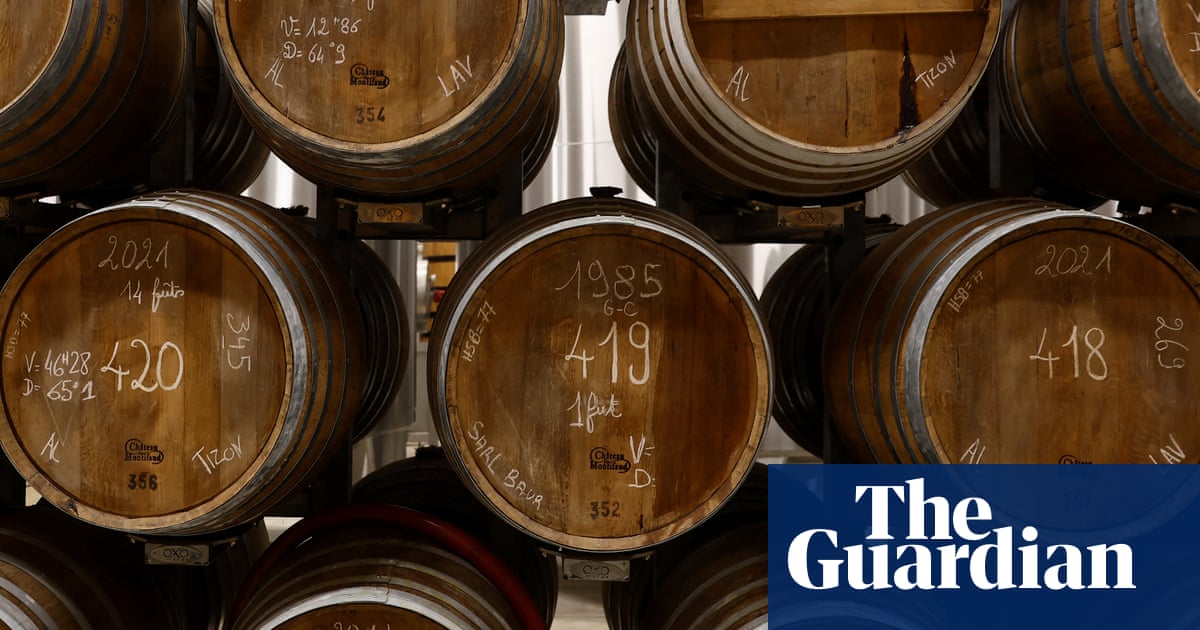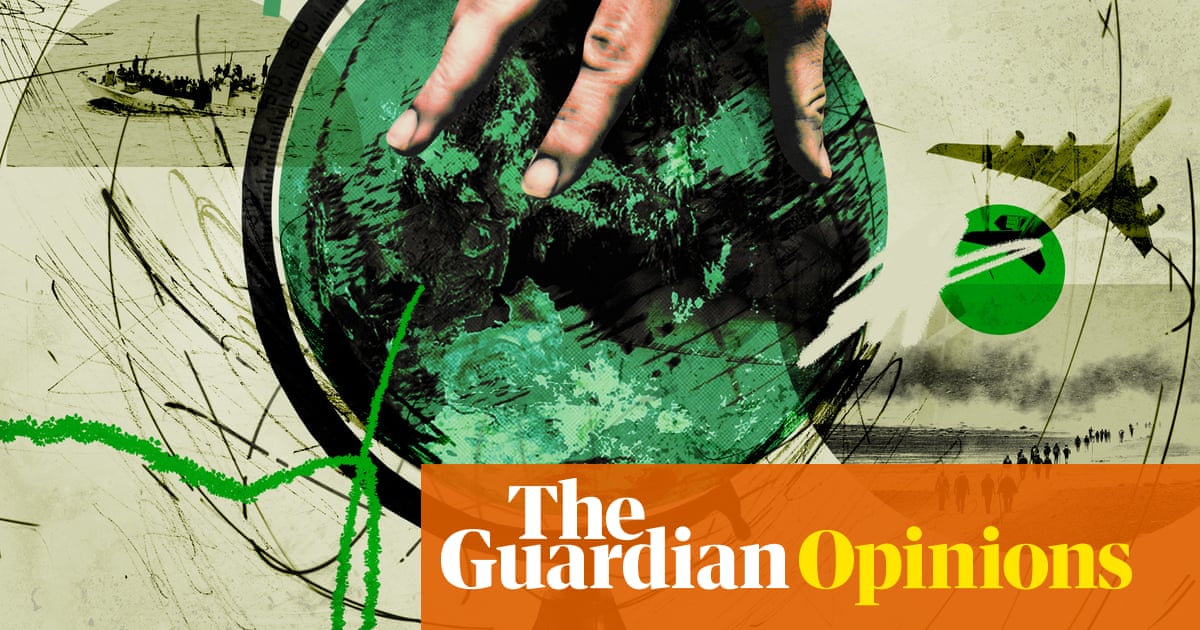Kazuo Ishiguro still remembers where he was when he wrote A Pale View of Hills: hunched over the dining room table in a bedsit in Cardiff. He was in his mid-20s then; he is 70 now. “I had no idea that the book would be published, let alone that I had a career ahead of me as a writer,” he says. “[But] the story remains an important part of me, not only because it was the start of my novel-writing life, but because it helped settle my relationship with Japan.”
First published in 1982, A Pale View of Hills is a charged family story that connects England with Japan and the present with the past. Now along comes a film version to provide a new frame for the mystery, a fresh view of the hills. Scripted and directed by Kei Ishikawa, it is a splendidly elegant and deliberate affair; a trail of carefully laid breadcrumbs that link a mothballed home in early 80s suburbia with wounded, resilient postwar Nagasaki. Middle-aged Etsuko is long settled in the UK and haunted by the fate of her displaced eldest child. Her younger daughter, Niki, is a budding writer, borderline skint and keen to make a name for herself. Niki has a chunky tape-recorder and plenty of time on her hands. She says, “Mum, will you tell me about your lives before, in Japan?”
In awarding Ishiguro the Nobel prize for literature in 2017, the Swedish Academy paid tribute to the emotional force of his prose and his focus on “memory, time and self-delusion”. These are the themes that colour all his fiction, whether he is writing about the below-stairs staff at a stately home (The Remains of the Day), sacrificial children at an elite boarding school (Never Let Me Go) or aged wanderers in Arthurian Britain (The Buried Giant), although they seem closest to home in A Pale View of Hills.
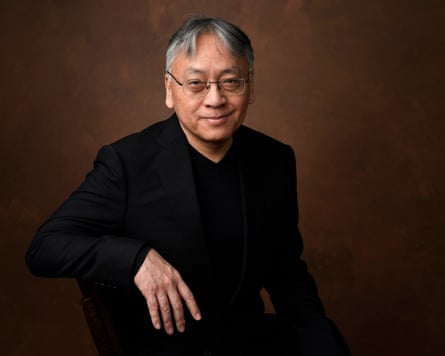
The story lightly excavates the author’s family history and his own hybrid identity as a child of Nagasaki, transplanted to the UK at the age of five. Fittingly, the movie version premieres at the Cannes film festival, where it risks getting lost amid the palm trees, yachts and bling. Cultural dislocation, in large part, is what the tale is about.
I’m tempted to view Niki – the bumptious young writer from whom no family secret is safe – as Ishiguro’s alter ego. Actually, he says, she was conceived as “more a ‘reader proxy’ than a writer one”. She’s our entry point to the story; possibly our red thread through the maze. It’s hard to believe today, he adds, but most contemporary British readers were resistant to Japanese stories and characters and needed a reassuring western presence to help ease them in.
Niki is played in the film by Camilla Aiko, a recent graduate of the Bristol Old Vic theatre school. She sees the character as the story’s truth-seeker, the eyes of the audience, and the picture itself as the tale of two women who struggle to connect. “It didn’t cross my mind – maybe it should have – that I was playing Ishiguro,” she says.
What she shares with the author is the same blended cultural heritage. Aiko is British mixed-race – her mother is Japanese. “And the thing about being mixed-race is that I find it difficult speaking for Japanese people or British people because I’m not sure which side I’m on. In Japan I’m a foreigner; here I’m Asian. As an actor I’m someone who tries to slip through the cracks.”
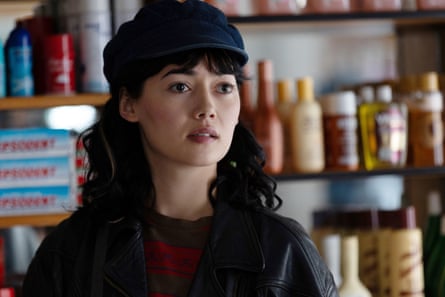
Niki isn’t Ishiguro. Nonetheless, the author admits that there are parallels. He says, “Where I see myself in Niki – and I was reminded of this watching Camilla Aiko’s fine performance – is in her sometimes uncomfortable, sometimes coy and cunning curiosity when coaxing memories from her mother of another, more troubled time.”
It is the mother, after all, who looms largest in the tale. Etsuko in a sense has led two lives and been two different people. In 80s England she is a respectable widowed music teacher. In Nagasaki seven years after the atomic bomb dropped, she’s a harried young bride, contaminated with radiation and a potential hazard to her unborn child. She needs a friend or an escape route, whichever comes first. But she is never an entirely reliable narrator – and the family story she tells Niki finally doesn’t add up.
What did Ishiguro’s own mother make of A Pale View of Hills? “I believe it remained special to her among my books,” he says. “A little before I started the book, with cold war tensions intensifying in the Reagan-Brezhnev era, she said to me she felt it was important she should relate to me some of her experiences in Nagasaki. Partly because I was of the next generation, but also because I was wanting to be a writer and had a chance to pass things on … A Pale View of Hills didn’t use any of her stories directly, but I think she thought the book was some sort of evolution of them, and closer to her than the books I wrote later.” Ishiguro’s mother died in 2019, aged 92. After watching Ishikawa’s adaptation, he thought: “What a pity she wasn’t here to see this film.”
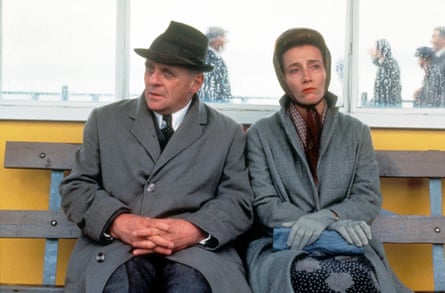
Cinema is an enduring passion for Ishiguro and influences his writing as much as literature does. His favourite recent films include the Oscar-winning animation Flow, about a small soot-grey cat who survives a great flood, plus the French legal dramas Anatomy of a Fall and Saint Omer (“Is French justice really conducted like this? Or are these hallucinatory versions of French courts?”).
A few years back, between novels, he wrote the screenplay for Living – a quietly wrenching adaptation of Akira Kurosawa’s 1952 classic Ikiru, relocated to London and starring Bill Nighy and Aimee Lou Wood. The poster for Ikiru, incidentally, can be glimpsed on the street in A Pale View of Hills.
Loving film can be a double-edged sword. Is it a help or a hindrance when it comes to having his own work adapted? Hopefully the former, Ishiguro says, so long as he maintains a safe distance. “I have a strict rule not to attempt to adapt any of my novels myself,” adds the writer, who is speaking to me by email. “As long as I keep well in the background, I don’t think I’m necessarily a hindrance. I always emphasise to film-makers that they have to own the film – that it shouldn’t be approached reverentially.”
Merchant-Ivory managed a near perfect adaptation of The Remains of the Day. Mark Romanek and Alex Garland crafted an appropriately haunting, chilly version of Never Let Me Go. Both films preserve Ishiguro’s distinctive style and flavour. The restraint and simplicity; the sense of deep mystery. Both, though, remain films first and foremost. They have been allowed to migrate and adapt to a new habitat.
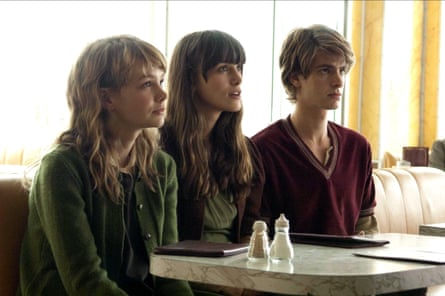
“This is personal to me,” he says, “but I lean toward the film version moving the story on – not being a faithful translation the way a foreign language edition of a book might be. I know many novelists who’d be annoyed to hear me say this … The thing is, I watch many, many films and when an adaptation of a well-known book doesn’t work, 95% of the time it’s because the film-makers have been too reverential to the source.” Books and films are very different, he thinks. “They’re sometimes almost antithetical.”
In A Pale View of Hills, Etsuko hands her story on to Niki. Niki, in turn, will write it up how she likes. So this is a family story about family stories, aware of how they warp and change in the telling. Every tale is subject to the same cultural static. They are adapted and extrapolated, lost and found in translation. One might even say that’s what keeps a story alive.
“The other thing,” Ishiguro says. “It might sound like modesty when I encourage film adaptations to ‘move on’ the story. But actually it’s a form of egomania. I have aspirations for my stories to be like those of, say, Homer. Or to become like certain fairytales and myths, moving through the centuries and varying cultures, adapting and growing to speak to different audiences. My novels are themselves made up of materials I’ve inherited, imbibed and remoulded. When something goes from book to film it’s a campfire opportunity: it’s when the story should grow and evolve.”

 4 hours ago
3
4 hours ago
3









